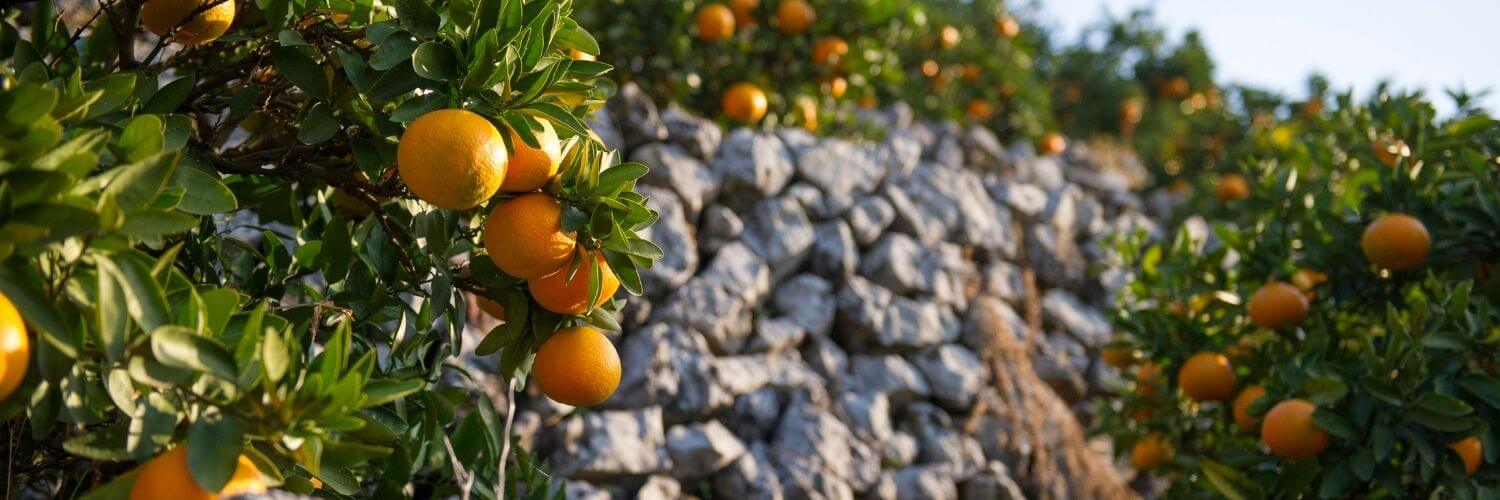
Oranges and citruses are called “kankitsu” in Japan. Out of many varieties, we introduce you to a few must-try kankitsu Japanese citruses. Which one do you want to try out?
You might already know that Japan has a wide variety of citrus fruits such as yuzu, sudachi, or Naoshichi sudachi. But do you also know that Japan has many delicious oranges as well? In Japan, we call both citrus and orange “kankitsu.”
Ehime prefecture has a perfect climate for orange production, and it brings us many kinds of oranges like iyokan, amanatsu, and Kawachi Bankan. Let’s explore different types of unique Japanese citrus fruits and find out which one you want to try. Spoiler alert! You might want to try them all!
Tangy Citruses

Two of the most used tangy citruses in America are lemon and lime. Yuzu, sudachi, kabosu, daidai, and sikuwasa are the five widely used kankitsu for cooking. All of these citruses are incredibly fragrant. In December, during the “Toji, celebration, people even put yuzu fruits in their bathtub to enjoy the scent to relax. There’s also one more unique citrus fruit, naoshichi sudachi. Naoshichi has a limited production even in Japan, making it one of the rarest citrus fruits. Learn more about these tangy citruses here.
Sumo Citrus

As you can imagine from the name itself, sumo citrus is one of the more giant kankitsu oranges. Known as dekopon in Japan, the ones that meet size and flavor standards are marketed as sumo citrus in America. Slightly smaller than grapefruit, it has a “bump” on the top, looking like an orange having a big “deko” (forehead). Bright orange color inside and out, it has an extremely juicy and sweet flavor.
Iyokan Orange

Iyokan is a citrus fruit similar to mandarin oranges. Originally from Iyo Province (current Ehime prefecture), its season is from January to March. It has a rich citrus flavor that packs both sweetness and sourness. Because it’s extremely juicy, it feels like you’re eating freshly squeezed orange juice!
Amanatsu Orange

Compared to iyokan, amanatsu exhibits a slightly bitter and sour flavor similar to grapefruit. Cropping season is in the winter; however, the amanatsu oranges usually remain in the warehouse until March to May, so the sourness of the orange becomes milder.
Kawachi Bankan

With bright yellow skin and a large round shape, Kawachi Bankan looks like a grapefruit. In fact, sometimes it’s called a Japanese grapefruit. Despite the similarity on the outside, Kawachi Bankan doesn’t have a bitter flavor like grapefruit. Instead, it has a refreshing and subtle sweetness.
Unshiu Mikan

Unshiu mikan is one of the most popular kankitsu citruses of Japan. When you find “mikan” in Japan or Japanese supermarkets, it is almost always an unshiu mikan. It packs a lot of vitamin C, making it a perfect fruit during the cold season.
Try Japanese Kankitsu Oranges at Home
Japanese people love their variety of kankitsu citruses. Thus, you can find many products that use different kinds of Japanese oranges, from fragrant teas and aromatic preserves to fancy dried fruits to spice up your cocktails.

Try using amanatsu and iyokan marmalade instead of regular marmalade. It is a perfect combination of citrus sweetness and tangy bitterness. You can even use this to top your ice cream or even use it in your marinade for chicken or spareribs!

If you want to try more variety, this assortment of dry candied Japanese citrus peels is a perfect choice. You can taste test yuzu, amanatsu, iyokan, kawachi bankan, and blood orange all at once! The usage is limitless. In addition to eating them as is, you can use them for baking, garnishing cocktails, or more!
